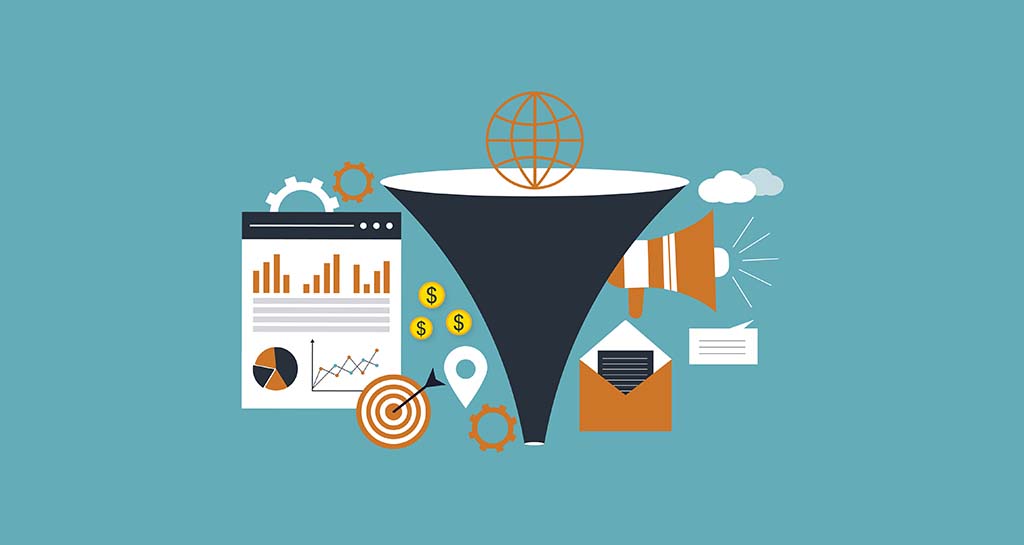Hello!
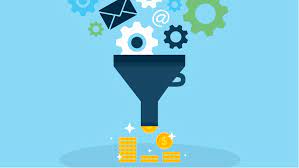 Demand generation and lead generation are two terms that get thrown around in the sphere of sales and marketing, and to the uninitiated it can seem like they are effectively interchangeable.
Demand generation and lead generation are two terms that get thrown around in the sphere of sales and marketing, and to the uninitiated it can seem like they are effectively interchangeable.
However, scratch beneath the surface and you’ll realize that they’re entirely distinct, which makes gaining an appreciation for each one important if you want to increase sales and grow your business.
Here’s an in-depth breakdown of the ins and outs of demand and lead generation, so that you aren’t in the dark about their implications or their benefits.
What are Demand Generation and Lead Generation?
Demand generation involves activities that create awareness of your brand, product or service to attract potential customers. This includes content marketing, social media campaigns, SEO, email blasts and more.
 On the other hand lead generation refers to strategies used by marketers to convert prospects into leads by driving them down the sales funnel with customized offers tailored for their needs. It requires a deeper understanding of customer personas and behavior as well as personalized outreach tactics like account-based marketing (ABM) and segmentation targeting techniques.
On the other hand lead generation refers to strategies used by marketers to convert prospects into leads by driving them down the sales funnel with customized offers tailored for their needs. It requires a deeper understanding of customer personas and behavior as well as personalized outreach tactics like account-based marketing (ABM) and segmentation targeting techniques.
Both demand gen & lead gen are essential parts of any successful digital marketing strategy, but they should be implemented differently in order to maximize results from each one.
Why Does It Matter to Business Owners?
Put simply, business owners need to understand the differences between demand generation and lead generation in order to maximize their marketing efforts.
 As mentioned, demand gen is all about creating brand awareness, while lead gen focuses on converting prospects into leads. Knowing which one your business needs will save time, money & effort as well as enable you to make better decisions when it comes down to budget allocation or selecting a target audience for campaigns.
As mentioned, demand gen is all about creating brand awareness, while lead gen focuses on converting prospects into leads. Knowing which one your business needs will save time, money & effort as well as enable you to make better decisions when it comes down to budget allocation or selecting a target audience for campaigns.
Both strategies are important but require different approaches depending on the goals of each campaign, and understanding how they differ will help businesses reach potential customers more effectively.
How to Use Demand Generation for Maximum Impact
Your brand is your calling card, and if prospects are already familiar with it before they go to make a purchase, it will ease their progress down the funnel. It’s worth getting familiar with this breakdown of a demand funnel in order to fully appreciate what’s involved.
 The first step is building awareness, and then combine this with the creation of the demand through subtle yet potent marketing strategies. This can include anything from content creation and SEO to social media posts or email campaigns.
The first step is building awareness, and then combine this with the creation of the demand through subtle yet potent marketing strategies. This can include anything from content creation and SEO to social media posts or email campaigns.
It’s important that business owners leverage these activities correctly in order to reach their desired audience and maximize the impact of their efforts.
Furthermore, they should use data-driven tactics such as A/B testing & segmentation targeting techniques when creating demand gen campaigns in order to make sure their messages are tailored for each specific target audience.
Crucially the funnel here is more passive, or to put it another way it leaves the lead in more control over the next move. So when the time comes for them to convert, they’ll feel like they’ve got agency, rather than being pushed straight into the sales funnel as soon as they encounter your brand.
Optimizing Your Lead Nurturing Strategy with Lead Gen Tactics
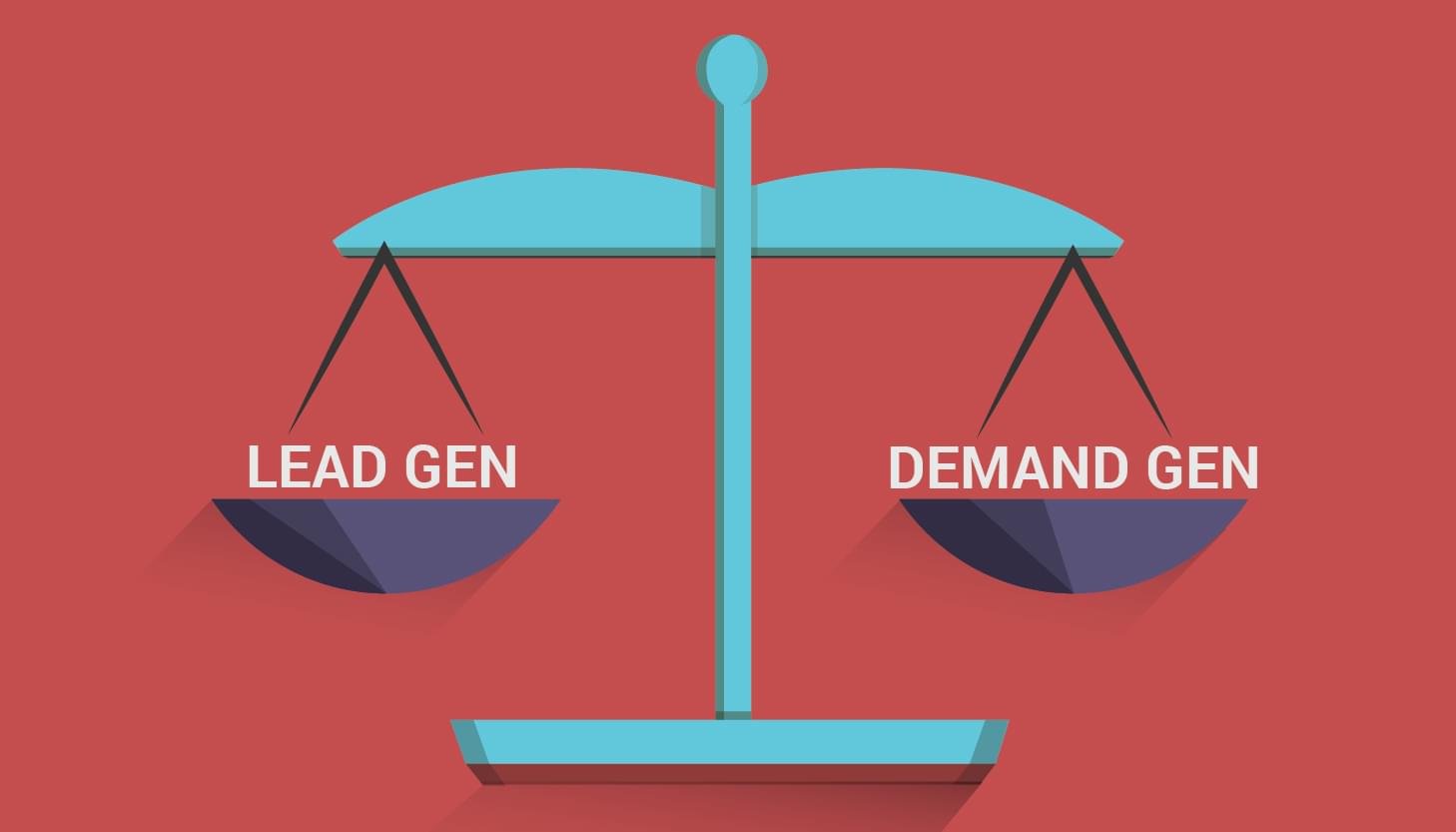 If you want to convert prospects into leads and drive them down the sales funnel, you’ll have to be even more targeted and forthright in your efforts to connect with your ideal audience.
If you want to convert prospects into leads and drive them down the sales funnel, you’ll have to be even more targeted and forthright in your efforts to connect with your ideal audience.
It requires a deeper understanding of customer personas and behavior, as well as personalized outreach tactics.
In order to optimize your lead nurturing strategy, you should use targeted campaigns that are tailored for each specific user in order to maximize conversion rates. As with demand gen, it’s useful to harness data-driven segmentation techniques, and to experiment with different approaches, so you can understand what works best for different demographics.
Another key aspect of lead generation is adaptability; don’t assume that because one set of tactics works well for a while, that it will continue to do so indefinitely. Always keep tabs on performance and tweak campaigns if they start to show signs of the sheen coming off them.
Leveraging Content Marketing to Support Both Strategies Simultaneously
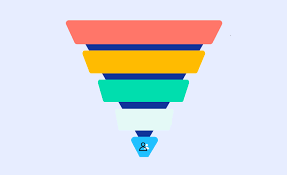 While there are aspects of demand and lead gen that are separate, there are approaches which work well for both without being mutually exclusive.
While there are aspects of demand and lead gen that are separate, there are approaches which work well for both without being mutually exclusive.
Content marketing is a good example of this, as it can be used as both a demand and lead generation strategy.
On the one hand, it helps create brand awareness by providing valuable information to potential customers. At the same time, it also acts as an effective lead gen tool that targets prospects with personalized messages tailored for their needs & interests.
In order to maximize results from content marketing campaigns, what your offering has to be relevant to customers and crafted with your brand identity and industry niche in mind. If not, it might either struggle to gain traction, or might end up luring the wrong people into your demand or sales funnel, which will hurt the results you achieve.
 It’s also worth remembering that any content you create can be adjusted and repurposed for demand and lead gen campaigns, and also rolled out in different forms across different platforms.
It’s also worth remembering that any content you create can be adjusted and repurposed for demand and lead gen campaigns, and also rolled out in different forms across different platforms.
For example, leveraging channels such as social media or email can help support both strategies simultaneously, and also allow you to make more efficient use of high quality, proven content, rather than letting it go to waste.
Measuring the ROI of Each Effort Separately or In Tandem: What Makes Most Sense?
It’s important to understand how to measure the success of demand & lead gen strategies in order to maximize results, as well as to avoid overspending on campaigns that simply aren’t pulling their weight.
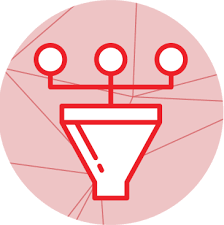 There are a few ways to do this, such as by tracking data on website visits, content downloads, email campaign open rates and so forth, according to the type of initiative you’re running.
There are a few ways to do this, such as by tracking data on website visits, content downloads, email campaign open rates and so forth, according to the type of initiative you’re running.
At this stage, you’ve got the opportunity to either measure the ROI of lead and demand gen separately or together, and it’s actually not that helpful to see it as a binary decision. Sure, you should take the time to keep tabs on individual campaigns to understand how their costs compare with the results they generate.
However, it is also informative to weigh up the ROI of both, not only to see where they differ, but also where they might be complementing one another.
The Pros & Cons of Using a Single Platform for Both Strategies
Using a single platform for both demand and lead generation can be beneficial in terms of budgeting as well as efficiency. Businesses will have access to all their data on a single dashboard and they won’t need to juggle multiple tools or platforms in order to track performance.
 However, it also comes with some drawbacks, such as limited customization options when creating campaigns for either lead or demand gen, which could limit results over time.
However, it also comes with some drawbacks, such as limited customization options when creating campaigns for either lead or demand gen, which could limit results over time.
As such it’s wise to assess your unique needs before deciding if using a single platform is the right choice. If you’ve already got a platform in place, or are relying on a combination of tools, auditing their implementation and seeing if there’s a more efficient alternative out there must be a priority if you want to accelerate growth.
Combining Traditional Sales Channels with Digital Tools For More Effective Results
When talking about the dichotomy between demand and lead gen, it’s necessary to touch on how this doesn’t only apply to digital sales, marketing and brand-building techniques.
 Indeed you should consider combining traditional sales channels such as cold calling or direct mailings with digital marketing strategies in order to maximize results, both to drive demand for your products and to bring customers onboard with a view to securing a sale in the short term.
Indeed you should consider combining traditional sales channels such as cold calling or direct mailings with digital marketing strategies in order to maximize results, both to drive demand for your products and to bring customers onboard with a view to securing a sale in the short term.
This way, you can leverage the advantages of both worlds and reach potential customers on multiple levels, rather than letting some demographics slip through your fingers.
If someone sees your brand while out and about, perhaps via a traditional print ad or poster, this plants the seed of demand in their mind. Then when they are served your digital marketing campaigns on their device, that’s the point at which you’ve hit the apex in terms of priming your audience and going in for the kill.
Also read:
- Man Busted Dumping Toxic Waste in Human Cemetery
- Astronaut Who Was Stranded in Space Laments Missing Thanksgiving and Child's Graduation
- SEO for Tour Operators
Key Takeaways on Demand Generation vs Lead Generation
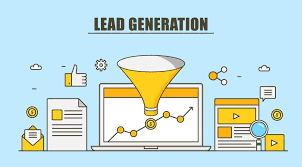 There’s definitely a lot to get your head around when it comes to learning about demand generation and lead generation, but once you’ve understood the basics, the rest should be straightforward.
There’s definitely a lot to get your head around when it comes to learning about demand generation and lead generation, but once you’ve understood the basics, the rest should be straightforward.
Ultimately these two areas matter individually because they serve a different purpose, and yet can be combined and implemented to drive demand for your products and services, resulting in sales figures that move rapidly in the right direction.
It’s the areas in which the tactics and strategies intersect where there are opportunities to make savings, improve efficiency and empower team members. So be on the lookout for these and aim for optimization at all points to reap rewards time after time.
Thank you!
Join us on social media!
See you!

